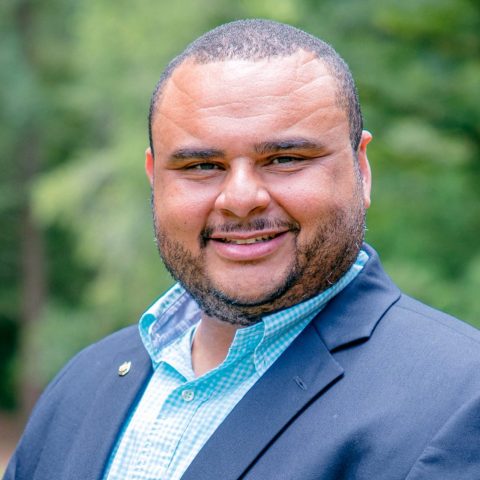Centers and Special Initiatives
Construction Automation, Robotics & Visualization Laboratory


 |
An official NASA research partner SAA-EA-25-41605, Annex 3 |
Navigating labor shortages, safety issues and stagnant productivity, the Construction Automation, Robotics and Visualization Lab strives to solve some of the most challenging problems in the construction industry. Our research emphasizes the use of automation and artificial intelligence, including robotics, computer vision and machine learning. By collaborating with industry partners and various departments at Auburn University, the CARV Lab is uniquely positioned to lead the development of innovative technical solutions for our complex industry.
CARV Lab Director
Eric Wetzel
Associate Professor
CARV Lab Researchers
Kenneth S. Sands II
Assistant Professor

Wes Collins
Associate Professor
CARV Lab Advisory Board

Russ Gibbs
VP of Innovation & Operational Technology, Brasfield & Gorrie

Director of Virtual Construction, MJ Harris

Jorge Tubella
Robotics and Research Lead, Haskell

